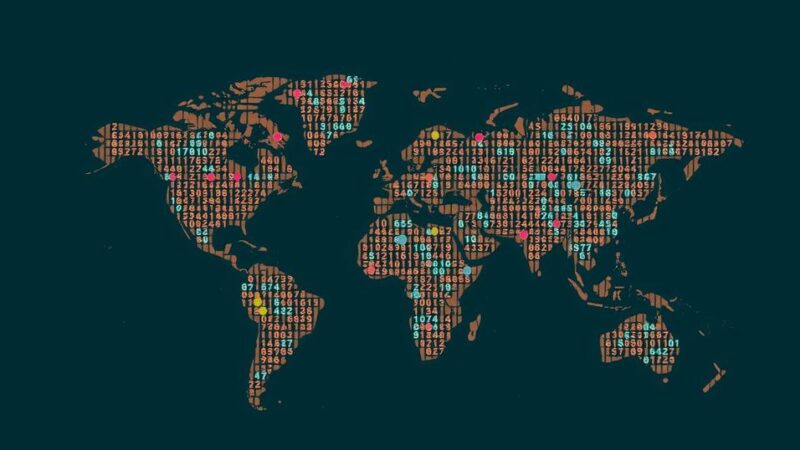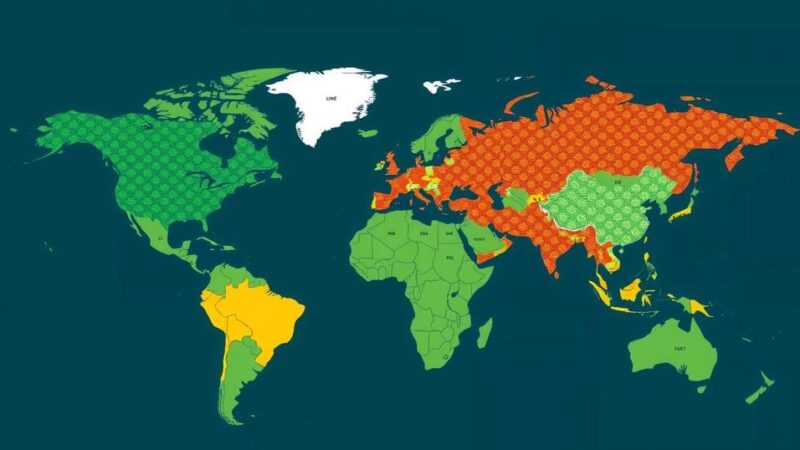A disturbance in the southwestern Caribbean Sea is likely to develop into a tropical depression shortly, increasing the likelihood of another named storm in the 2024 Atlantic hurricane season. Forecasts predict the system may reach tropical storm strength by midweek, potentially named Rafael, with flooding threats for Caribbean islands and South Florida. In the North Atlantic, Subtropical Storm Patty has formed and is expected to weaken over the next few days.
The Caribbean region is currently experiencing a weather disturbance poised to evolve into a tropical depression imminently, as announced by the National Hurricane Center (NHC). This development comes as the 2024 Atlantic hurricane season approaches its conclusion at the end of November, with the potential for another named storm in the coming days. At present, the disturbance consists of uncoordinated showers and thunderstorms situated within the southwestern Caribbean Sea, expected to gain organization and strength over the weekend, leading to the formation of a tropical depression. Forecasts suggest that the system may reach tropical storm intensity as it advances towards the southern Gulf of Mexico by midweek, potentially earning the name Rafael should it develop into a fully-fledged tropical storm. Bryan Norcross, a hurricane specialist at FOX Weather, noted that a significant influx of tropical moisture is anticipated, which could exacerbate flooding conditions on the Caribbean islands west of Puerto Rico starting Monday, with some moisture likely extending to South Florida by midweek. However, Mr. Norcross expressed caution regarding the forecast trajectory once the system enters the Gulf, as it may encounter weaker steering currents leading to a less predictable path. He indicated, “If the system stays relatively weak, it looks more likely to drift to the west, perhaps toward the Mexican coast. If it’s on the stronger side, however, it could continue north toward some part of the U.S. Gulf Coast.” Potential hostile atmospheric conditions, including dry air and unfavorably high winds in the Gulf, could inhibit significant strengthening of the system as it approaches the U.S. Additionally, the NHC is observing another area of low pressure in the northeastern Caribbean Sea, albeit with a low probability of development in the forthcoming week. This system may bring heavy tropical rains to the northeastern Caribbean before being absorbed by the developing disturbance in the southwestern Caribbean. In the North Atlantic, the NHC has identified and named Subtropical Storm Patty, which has maintained winds of 50 mph and is currently located approximately 400 miles west/northwest of the Azores. It is anticipated that this subtropical system will gradually weaken, potentially transitioning into a post-tropical cyclone by late Sunday, with remnants possibly affecting Portugal and western Spain early next week.
The Atlantic hurricane season, spanning from June 1 to November 30, is a period characterized by increased tropical storm and hurricane activity in the Atlantic Ocean. The National Hurricane Center actively monitors weather disturbances, providing forecasts and warnings to mitigate potential impacts. The culmination of the 2024 season indicates a heightened state of alert for meteorological developments, particularly as systems acquire names based on intensity. In this context, the formation of tropical depressions and storms is a significant aspect of hurricane monitoring, influencing safety protocols and emergency preparedness in coastal regions.
In conclusion, the disturbance in the southwestern Caribbean is anticipated to develop into a tropical depression within the next few days, with the possibility of becoming a tropical storm named Rafael. Forecasts suggest potential flooding across Caribbean islands and uncertainties concerning its trajectory upon entering the Gulf of Mexico. Subtropical Storm Patty has also emerged in the North Atlantic, demonstrating the ongoing activity of the hurricane season as it approaches the end of November. Continuous monitoring and updates from the National Hurricane Center remain essential as these systems evolve.
Original Source: www.fox13news.com






